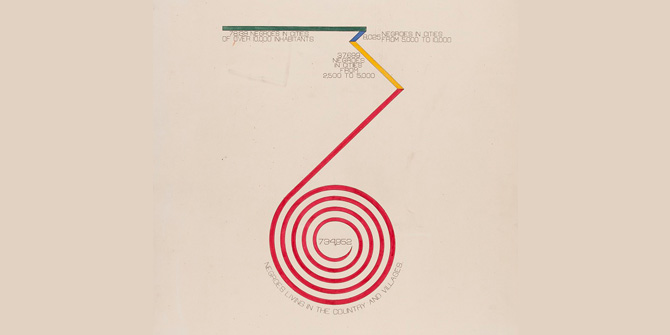Music Theory Basics: All About Cadences - YouTube.
Cadences. A cadence is a chord progression of at least 2 chords that ends a phrase or section of a piece of music. The easiest way to understand cadences in music is to think of the punctuation you find at pauses and breaks in spoken speech. Take the following spoken rhyme.
Cadences. A cadence is formed by two chords at the end of a passage of music. Perfect cadences sound as though the music has come to an end. A perfect cadence is formed by the chords V - I.

Writing a Melody “What are you going to send me out of the room humming?” This is the most common question I ask my students when teaching them how to compose music. Think of any great piece of music from any genre and it will (most likely) have a great melody. I have heard it often said that “writing music takes 10% inspiration and 90% perspiration”.

The lesson could not be displayed because JavaScript is disabled.

As part of our Ask Andrew series, Andrew our 'theory guru' shows you how to write plagal cadences in 4-part vocal style. He demonstrates helpful IV-I harmonisation rules for major and minor cadences and many important basics of cadence writing in Grade 3 Theory and Grade 5 Musicianship exams.

Cadences are essential in composition and songwriting. In this article, you'll learn how to turn a basic authentic candece into a beautiful orchestral piece.
Grade Six Music Theory - Progressions and Cadences Exercises Chord Progressions and Cadences (A4) Move your mouse slowly over the staves and light-bulbs (tap on mobile devices) to reveal the answers.
.jpg)
To view the requested content, install the latest version of one of the following modern web browsers: To view the requested content, install the latest version of the iOS software on your device. If updating is not possible, you may view the 2017 Edition of the website. If you believe that this message is in error, your browser may be running.

Grade 6 Harmony Lesson A10 - Figured Bass a Worked Example. These are the steps you need to follow in order to realize a figured bass line. A worked example is explained in this lesson.

Reference: cadence. A chord progression at the end of a phrase. There are several type of cadences. Perfect Authentic Cadence. The perfect authentic cadence. V - I. Both chords must be in root position and the uppermost note in the tonic chord must be the tonic: Imperfect Authentic Cadence. The Imperfect authentic cadence. V - I like the perfect authentic cadence but one of the chords is.

Fill in the alto and tenor parts of these two perfect cadences, following steps three and four from the previous page (as steps 1 and 2 have already been done for you). It is preferrable to have the leading note rising to the tonic in the soprano voice.

Cadences are usually two chords that produce a certain sound which are used extensively at the end of a phrase or melody. Two cadences that give the feeling that the music has come to a close are the perfect and plagal cadences. The perfect cadence is formed when chord V is followed by chord I, and the plagal cadence is formed when chord IV is.

Now that we introduced the concept of cadence, we will go on in our learning dividing cadences in 5 different kinds: Perfect, Imperfect, Plagal, Deceptive and Half Cadences.Each one of them has some peculiar characteristic and deserves to be analyzed apart. The most important here about this study is not memorize all the names involved in this theme, but observing the possible feelings that.



